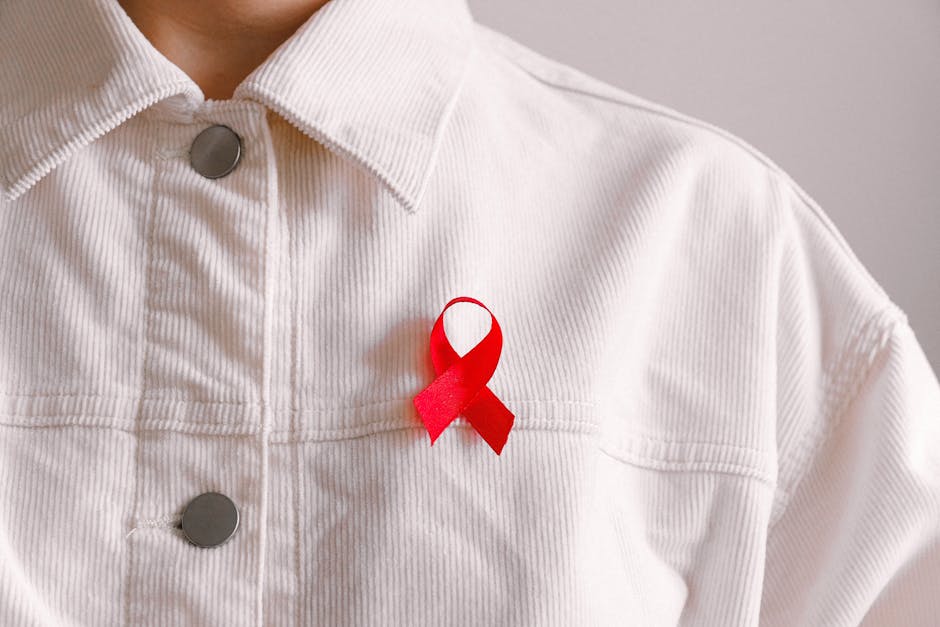Diagnostic Advancements for HIV: Breakthrough Testing Solutions
For decades, HIV diagnosis relied heavily on traditional blood tests conducted in laboratories, often with a waiting period of several days to receive results. While these methods have been effective, they presented challenges, delayed diagnoses, limited access for those in remote areas, and barriers due to stigma associated with seeking testing. But today, the advancements in diagnostic tools have brought us closer to quicker, more accessible, and discreet solutions.

From Weeks to Minutes: Rapid HIV Testing
Picture this: you walk into a clinic or community health center, get tested, and walk out with your results in under 30 minutes. That’s the power of rapid HIV testing. These tests use either a small sample of blood from a finger prick or oral fluid collected with a swab. Some of the most widely known options include OraQuick and INSTI HIV-1/HIV-2 Rapid Antibody Test. Both are FDA-approved and have demonstrated high accuracy rates in detecting HIV antibodies.
What makes these tests particularly revolutionary is their portability. OraQuick requires no laboratory equipment, just the test kit itself. This has made it possible for healthcare workers to conduct testing campaigns in rural areas where medical facilities might not be accessible. Such initiatives have already made significant impacts in countries like Uganda and Kenya, where community-based testing programs have reached thousands of people who might otherwise never get tested.
Home Testing Kits: Privacy Meets Accessibility
The rise of home HIV test kits has also been a game-changer for anyone who values privacy or feels uneasy about visiting clinics. These kits allow individuals to collect their samples at home and either receive instant results or send the sample to a laboratory anonymously for further analysis.
Everlywell and myLAB Box offer user-friendly kits that ship directly to your doorstep. You follow simple instructions to collect a small blood sample or oral swab, send it back in prepaid packaging, and receive results securely online within days. This option reduces barriers like stigma or fear of judgment while maintaining accuracy comparable to traditional testing methods.
Even better? Some organizations provide free or subsidized home testing kits for those at higher risk of HIV exposure. Programs like this help normalize testing and encourage early detection, which is essential for accessing life-saving treatment.
Next-Generation Technology: PCR Testing and Beyond
While rapid antibody tests are excellent tools for identifying long-standing infections, they may not detect very recent exposures due to the "window period", the time between exposure to HIV and when antibodies develop. For those concerned about recent exposure or needing conclusive results sooner, advanced methods like polymerase chain reaction (PCR) testing come into play.
PCR tests detect the virus's genetic material rather than antibodies. They can identify HIV within 10–14 days after exposure, making them invaluable for early detection. These tests are most commonly used in hospital settings or specialized laboratories but are gradually becoming more widespread thanks to technological advancements reducing costs and increasing efficiency.
There’s also growing interest in multiplex diagnostic platforms, machines that simultaneously screen for multiple infections such as HIV, syphilis, and hepatitis C using one sample. A prominent example is the GeneXpert platform by Cepheid, which delivers highly accurate results within an hour. These innovations represent
The Role of Artificial Intelligence in Diagnostic Solutions
If you've ever been amazed by how quickly your smartphone predicts what you’re typing next, imagine applying similar predictive algorithms to HIV diagnostics. Artificial intelligence (AI) is now being integrated into healthcare systems to improve diagnostic accuracy and efficiency.
An example is AI-powered image analysis software used with rapid diagnostic tests (RDTs). This technology scans test strips for subtle color changes that indicate positive or negative results, reducing human error during result interpretation. Researchers at the University of California have even developed mobile apps capable of analyzing test outcomes through smartphone cameras with remarkable precision.
AI tools are also helping health professionals predict outbreaks by analyzing trends in data from electronic medical records or social media platforms, allowing targeted interventions before issues escalate.
What Do These Advancements Mean for Individuals?
The accessibility of modern diagnostic tools empowers people to take charge of their health like never before. Early diagnosis leads to early treatment and starting antiretroviral therapy (ART) promptly can suppress viral loads to undetectable levels, preventing transmission and improving overall health outcomes.
Reducing barriers to testing ensures that marginalized communities (those often disproportionately affected by HIV) have equal opportunities for care. Mobile clinics equipped with rapid tests can reach underserved populations; affordable home-testing options give autonomy back to individuals.
A prime example comes from San Francisco’s Getting to Zero initiative: through widespread use of rapid testing and linkage-to-care programs, the city has seen dramatic reductions in new diagnoses over recent years. Such success stories highlight the transformative potential of these advancements when combined with robust public health strategies.
A Promising Path Forward
Diagnostic advancements are about more than just technology, they’re about reshaping how we approach public health challenges like HIV/AIDS on individual and systemic levels. From rapid point-of-care tests to AI-enhanced diagnostics, these breakthroughs foster hope for achieving global targets such as UNAIDS’ 95-95-95 goals: diagnosing 95% of people living with HIV, ensuring 95% access treatment, and achieving viral suppression among 95% on treatment by 2030.
The next time you hear about new developments in medical diagnostics, think about their real-world impact: lives saved through early intervention; communities empowered through education; stigma reduced through normalization. Each innovation brings us one step closer to ending the epidemic once and for all.
